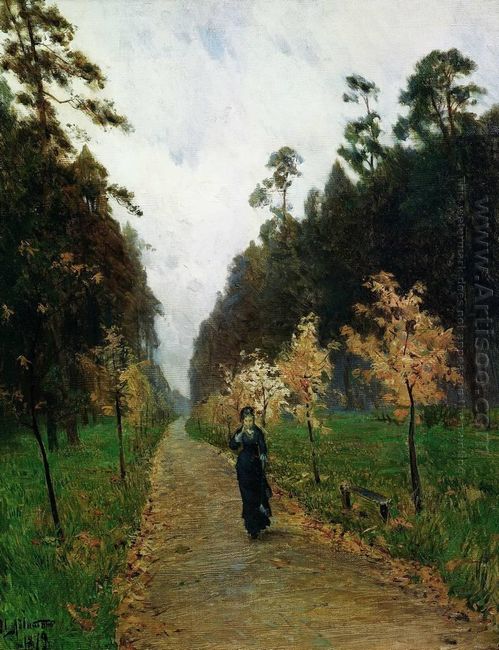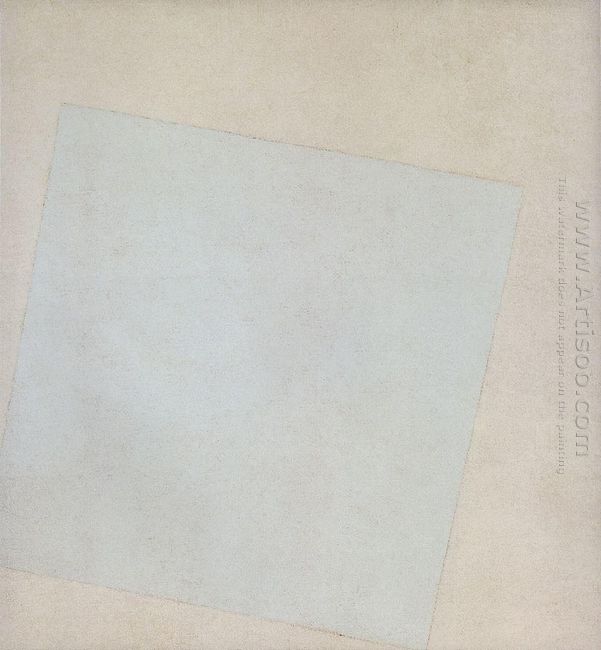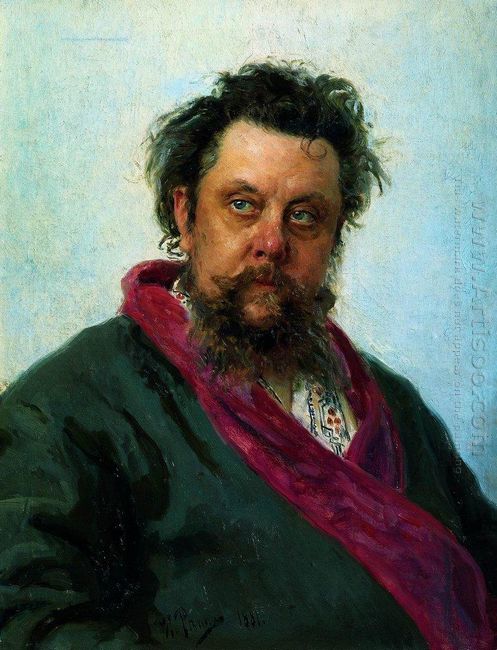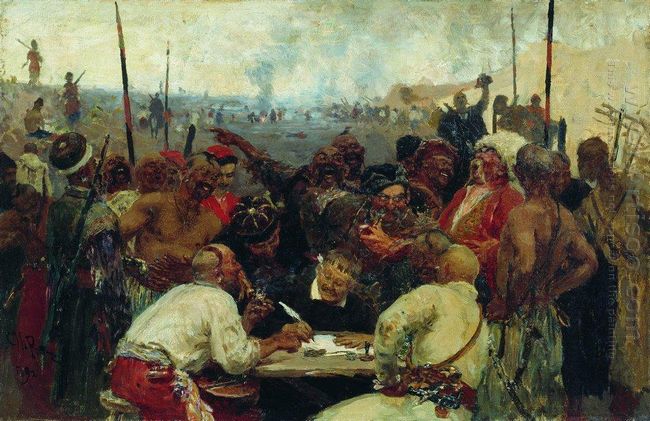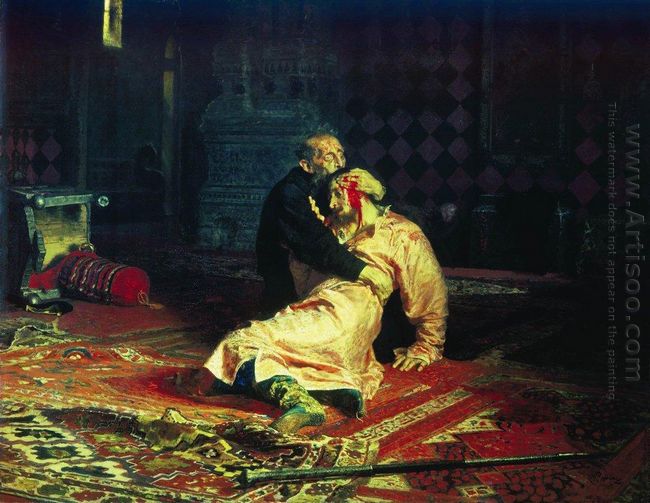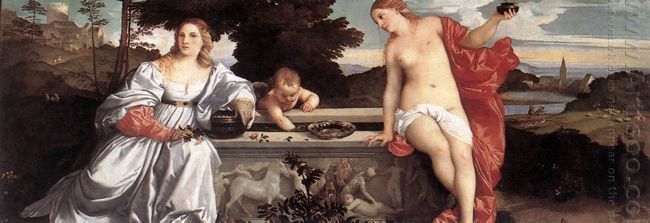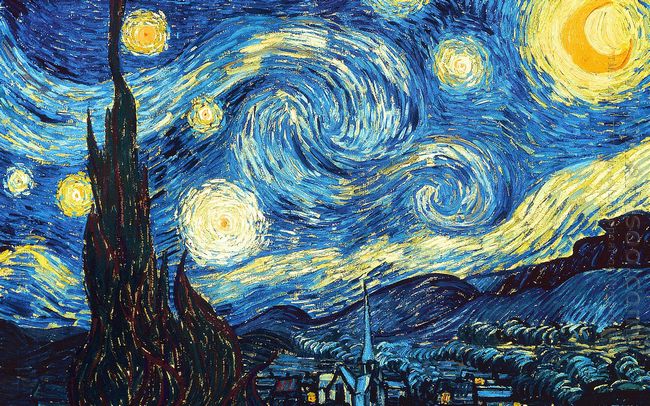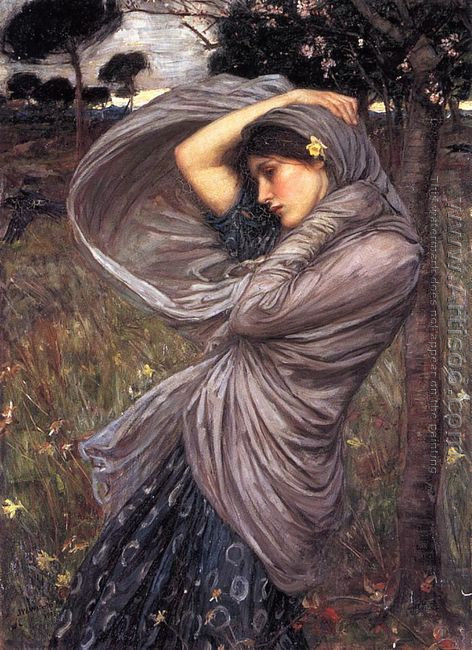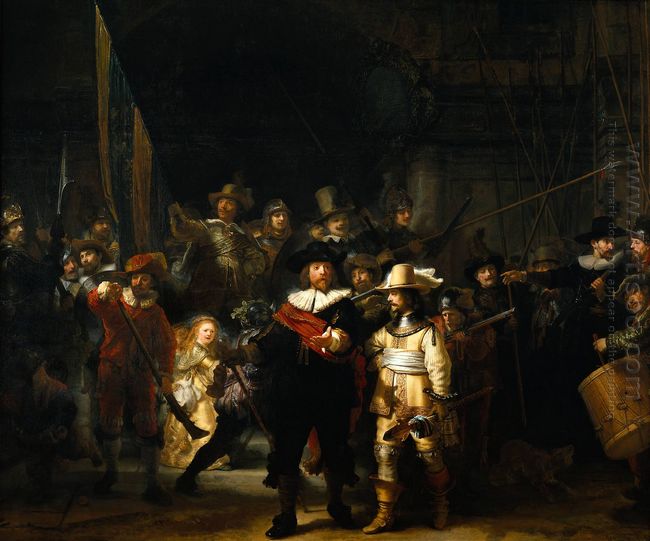Isaac Levitan (1861-1900) was an outstanding Russian sketching painter and realistic painting master. At the same time, he was also the member of Peredvizhniki. The works of Levitan were very poetic, which deeply and truly showed the beauty of the characteristics of the Russian nature. The uniqueness of his sketches lied in the succinct strokes, comprehensive coverage, strong emotions, the depiction of the state of the nature and various changes of the spiritual experience and the rich brooding melancholy feeling.
The famous painting Autumn Day Sokolniki was the first work of Levitan. This painting reproduced the dark golden autumn. The autumn scenery was as bleak as the life in Russia and Levitan’s life. The painting seemed to emit something that was able to affect each person’s feeling of sadness. A black-clad young girl—it is was the strange woman standing on a heap of fallen leaves and walking in the path of Sokolniki. Her song was unforgettable for Levitan: “my song is full of lingering sentiments, but makes you miserable……” She was alone in the forest, and this kind of lonely feeling made her full of meditation and melancholy sense.
Autumn Day Sokolniki was the only Isaac Levitan painting that depicted the character, which was also the one that Nicola Chekhov once had described. Since then, any character no longer appeared in his paintings, replaced by the forest, pasture, spring wind in the mist and Russia’s shabby huts. These houses were silent and desolate, just as the silent and lonely people.
